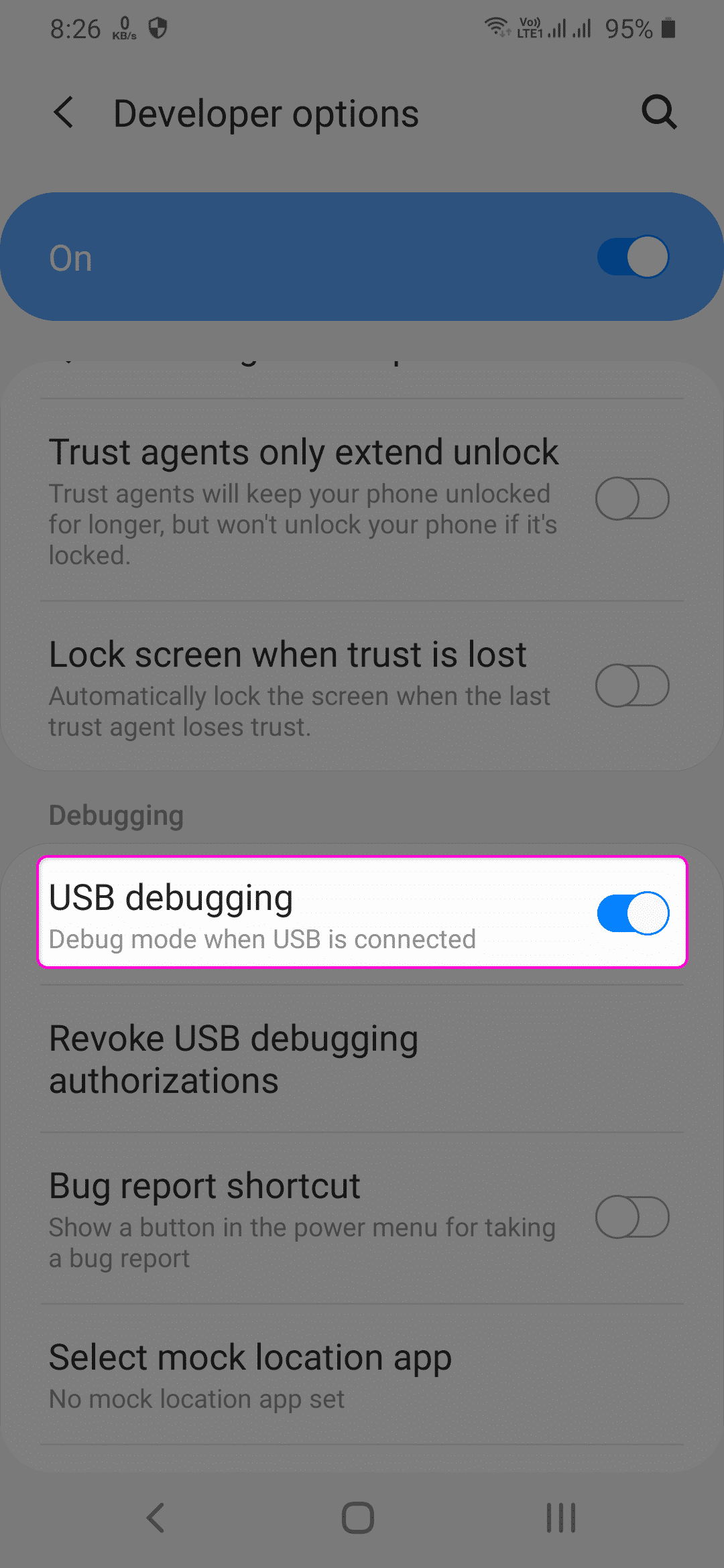

Seriously, in my opinion, this one feature is a game-changer. I was definitely excited too when I thought about dumping my android emulator for good. If this fails, you may need to retry the process from the start.A few days ago, Microsoft announced that the Windows 11 OS will run Android apps natively with its subsystem for Android, and this got several tech communities online excited.

Next time, you’ll only need to execute this last command without even plugging your device: $ adb connect :4444 You can now unplug your device and enjoy a cable free debugging experience! Your device will appear in whatever IDE you’re using as if it’s connected normally. Let’s list the devices again to confirm that the device is now connected through WiFi: $ adb devices If, for example, my device’s IP address is 192.168.86.2, we’ll execute the following: $ adb connect 192.168.86.2:4444 Tell adb to run its TCP server: $ adb tcpip 4444įind your device’s private IP address in your network and execute this command: $ adb connect :4444 List the currently connected devices to confirm that our plugged-in device is attached: $ adb devices Now, we have to execute several commands in the command line that we opened in the SDK’s “platform-tools” folder.

We’ll only have to do this the first time. Start by plugging in your Android device to your machine. You can add this folder to your path so that it’s easier to run the commands anywhere. We’ll open a command line here to issue commands using adb.

You’ll find adb and other platform tools under the “platform-tools” folder. If you can’t find your SDK here, you can find its location from the SDK manager in Android Studio. Usually, the Android SDK is located in the following locations: First, we’ll need to find where it lives. Finding adbĪdb is a tool that comes installed with the Android SDK. All that this requires is a few easy commands using adb! Of course, this works the exact same way no matter the language or IDE you use in development.


 0 kommentar(er)
0 kommentar(er)
